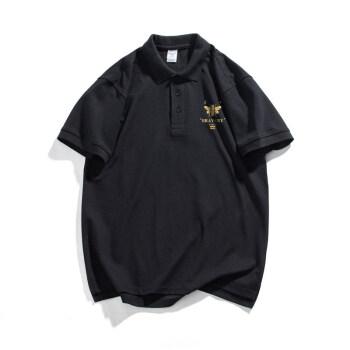The blending of multiple fabrics refers to mixing two or more fibers of different materials and interweaving them through textile technology to obtain fabrics with new properties and characteristics. Blending can create a more diverse and versatile fabric combination to meet different needs and usage requirements in scenarios.
The following are several common blended fabrics and their applications:
1. Cotton-poly blend (cotton/polyester): This is a common blended fabric that combines the characteristics of cotton and polyester fibers. Cotton-polyester blend fabric has the comfort, breathability and moisture absorption of cotton, as well as the wear resistance and easy care of polyester. Widely used in clothing, bedding, home textiles and other fields.
2. Polyester-viscose blended fabric (polyester/viscose fiber): Polyester-viscose blended fabric combines the advantages of polyester and viscose fibers, and has the strength and strength of polyester. durability, as well as the soft feel and moisture absorbency of viscose. It is often used to make sportswear, underwear, bedding, etc.
3. Cashmere nylon blend (cashmere/nylon): This blended fabric combines cashmere and nylon fibers, and has the warmth of cashmere and the warmth of nylon. Strength and durability. Suitable for winter clothing, down jackets, sweaters, etc.
4. Cotton and linen blends (cotton/linen): Cotton and linen blended fabrics combine the advantages of cotton fiber and linen fiber, and have the hygroscopicity and moisture absorption of cotton. breathability, as well as the coolness and heat resistance of hemp fibers. Commonly found in summer clothing, bedding, home textiles, etc.
5. Polyester-cotton nickel-silver fiber blend (polyester/cotton/nickel silver fiber): This blended fabric is added with antibacterial, anti-odor, and anti-electromagnetic radiation properties. The functional nickel silver fiber combines the durability of polyester, the comfort of cotton and the special functions of nickel silver fiber. Suitable for antibacterial clothing, radiation protection clothing and other fields.
By blending different fiber materials, various properties and characteristics can be integrated into the fabric to meet the use requirements in different scenarios and needs. Appropriate blend ratios and fiber materials need to be selected based on specific application needs to obtain ideal fabric properties.







